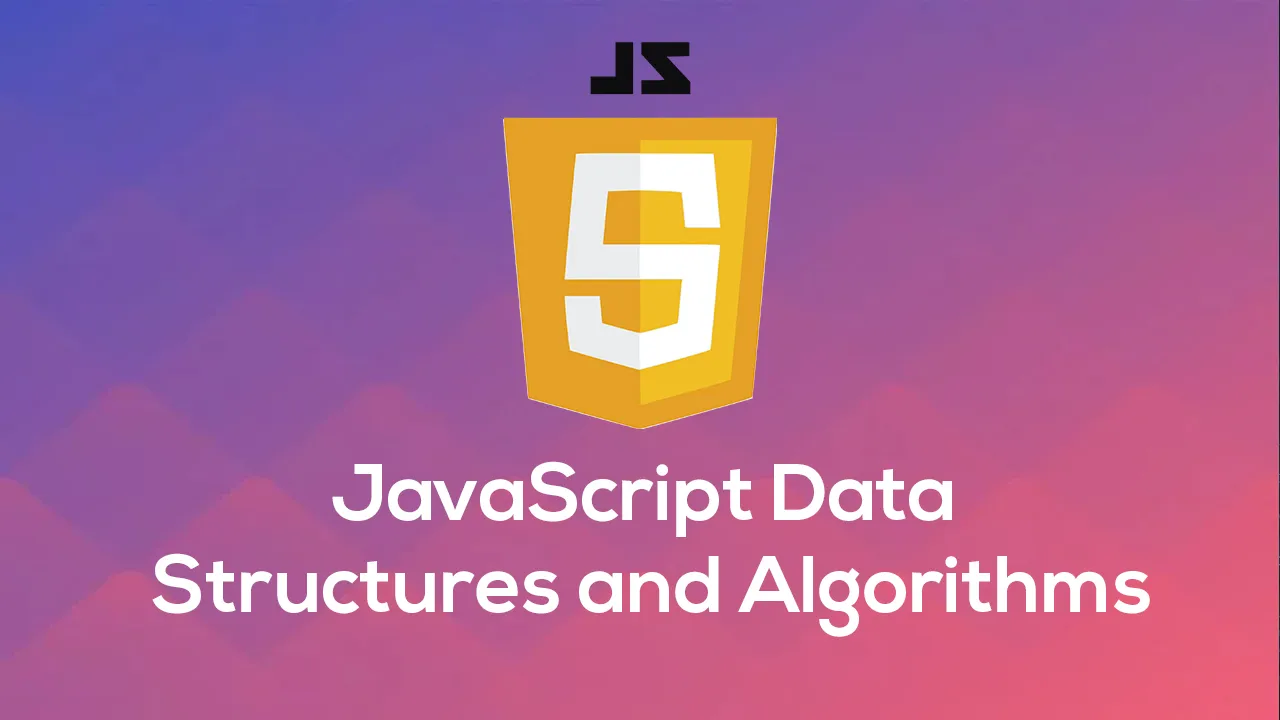Hello! Today I would like to review what I’ve learned about search algorithms and the importance of each one in computer programming. I’ve never been great at writing preambles, so without further ado, let’s get started.
It’s safe to say we’ve all used some kind of search engine when browsing the web. Whether it’s Google, Bing, DuckDuckGo, etc., we have experienced the benefits of their search algorithms, individually and as a society. But how do search engines conduct these searches for optimized results from around the web? And how do they determine how results get sorted? The answer is more complicated than fundamental algorithms, though those still exist at the core of these search engine behemoths.
Linear Search
As I mentioned, Google’s search algorithms are more than simple lookup() methods but are still used at the most rudimentary level. One thing I can say confidently is that this first algorithm is not how Google executes searches. **_Linear search _**algorithms search a sorted structure, such as an array or a binary search tree, to find a match to the desired value. For example, if I had declared a sorted array as [0,1,2,3,4,5,6], and I ran a linear search for the value 6, our search algorithm would start the search at [0], then visit every index in the array, comparing each index’s value with our target value, until a match is found.
Linear Search is arguably the most rudimentary of search algorithms. But like every other algorithm, trade-offs exist when implementing this as a solution. This search algorithm would not be great in the use-case of an array with 1,000,000 indices to search through for a value, given its time complexity. You see, this search algorithm has a potential time complexity of O(n), or linear time complexity. The time complexity of this algorithm directly correlates to the size of the data structure (An array with one index can run a search in O(1) time, two indices in 0(2 + n) time, simplified to O(n), and so on). Unfortunately, this also means an array with 1,000,000 indices would execute a linear search for a value at index 300,000 in O(300,000 + n) time or, simplified, O(n) time. We needn’t worry about having to conduct linear searches through large amounts of data; there are, indeed, more optimal solutions available.
Binary Search
Binary searches, named after the trees they are programmed to search, search arrays in order, given that they are sorted. Binary searches work best when using a sorted array to build a binary search tree since we can create them effectively. To begin, the root node is defined as the median value of a sorted array. Going back to the previous array [1, 2, 3, 4, 5, 6, 7], this can be used to build a binary tree, which is more comprehensible for understanding and writing search algorithms. Does this look familiar to you?
This median key’s value gets compared to the search’s value to see if it is greater than or less than the target. Based on this comparison, a binary search algorithm will then search either array’s values to the left of the median if less than the median, or the right if greater. By now I’m hoping you remember that the lookup() method in a binary search tree works in this manner. The median value of a sorted array can be compared to the root node of a binary search tree, and lookup() for both require that the data structure is sorted. And, like with tree traversal, a binary search must visit every value in a sequence until a match is found. In a binary search tree with nodes valued [1,2,3,5,10,15,25,30,40,45,50], we would build a binary search tree using 15 as the tree’s root node, adding key values with lower values than the search value to the left, and ones with greater values to the right. If we were searching for a node with a value of 45, the algorithm would traverse in this order: root, left-child, right-child. An array representation of the nodes traversed for this would look like this: [15,25,40].
lookup(), as implemented in a binary search tree.
That’s all for now! In the next post, I will go over two more search algorithms: breadth-first search, and depth-first search, and how they are implemented in both trees and graphs. Be sure to check out https://visualgo.net for powerful visualizations of data structures and their algorithms, as well as a step-by-step breakdown of each of the latter. It’s probably the most useful learning aid I’ve used when learning.
#data-structures #trees #algorithms #javascript
